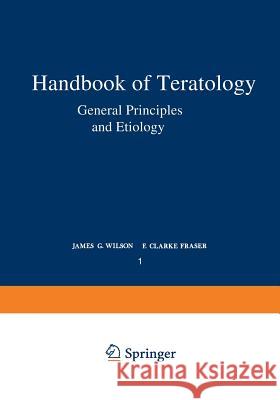General Principles and Etiology » książka
General Principles and Etiology
ISBN-13: 9781468428520 / Angielski / Miękka / 2013 / 476 str.
In less than 40 years teratology has grown from a little known discipline concerned with studies on the effects of a few physical and chemical stresses on developing fish, amphibians, and birds, to a discipline embracing a vast accumulation of literature on experimental studies in many animal forms- and the results of intensive scrutiny of human development under varied conditions, as well. Emphasis has shifted from preoccupation with descrip- tions of anatomical defects to concern about subtle and interacting causative factors, to searches for the early reactions to these at the cellular and subcellu- lar levels, and to identification of abnormality in the chemical, the functional, and the ultrastructural realms. These changes in orientation have quite naturally made necessary the recruitment of concepts, methods, and expertise from other disciplines. Hence the foundations of teratology, which once were largely morphological, have extended into genetics, biochemistry, molecular biology, reproductive physiology, epidemiology, and several aspects of veteri- nary and clinical medicine. It is not surprising that a student or new investigator approaching the field of teratology may feel some dismay when confronted with the confusing array of cross-disciplinary concepts and principles it encompasses today. One of the aims of this work is to introduce what the editors believe is a logical thread of continuity into a field that may be regarded by some as a welter of disordered information.











